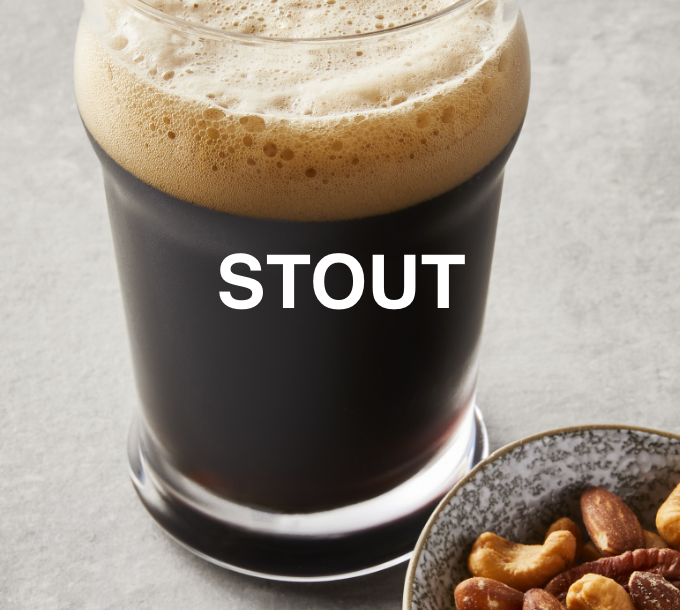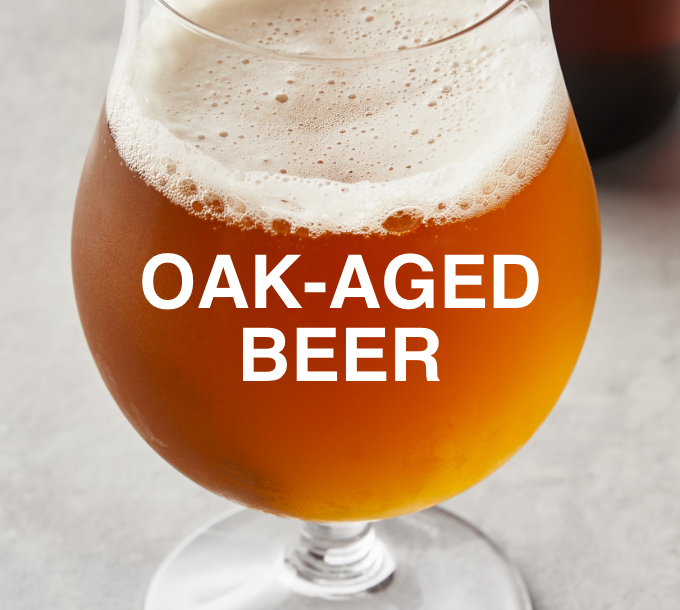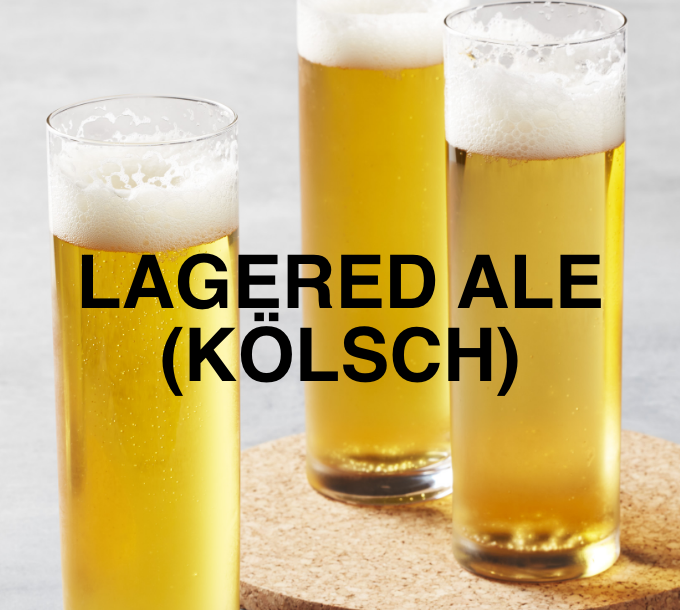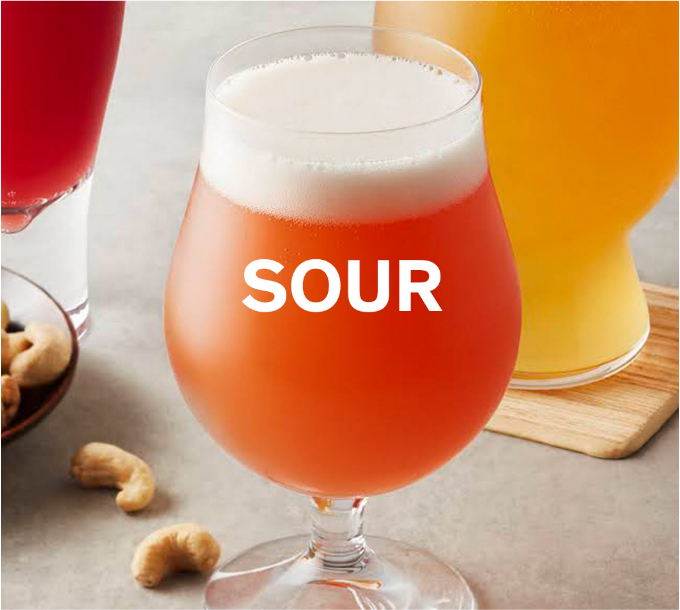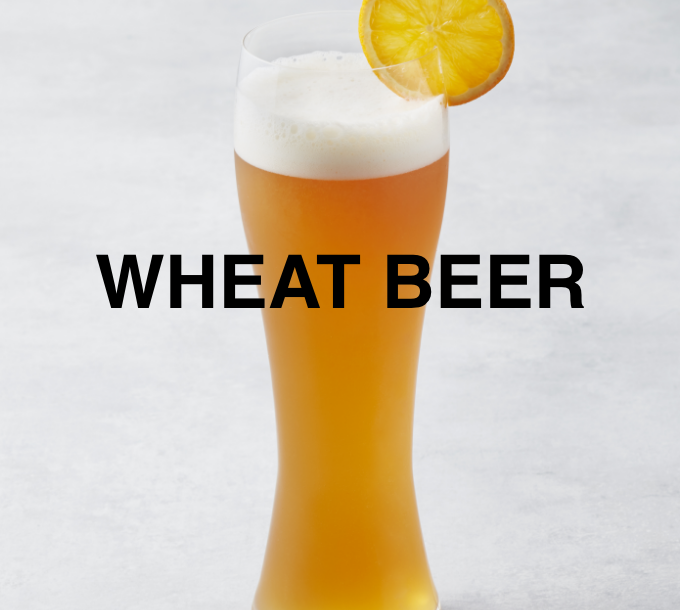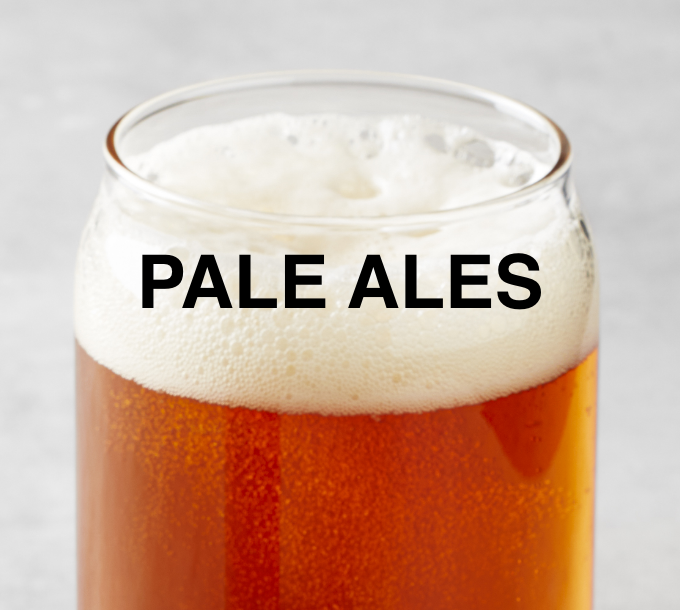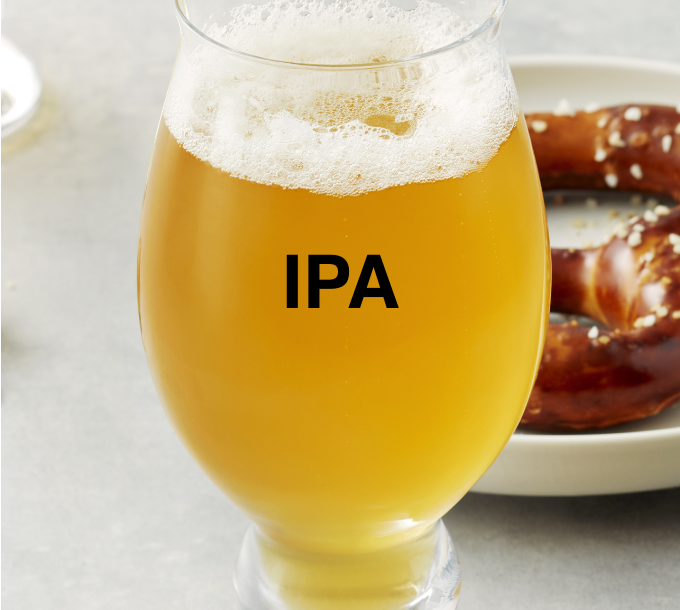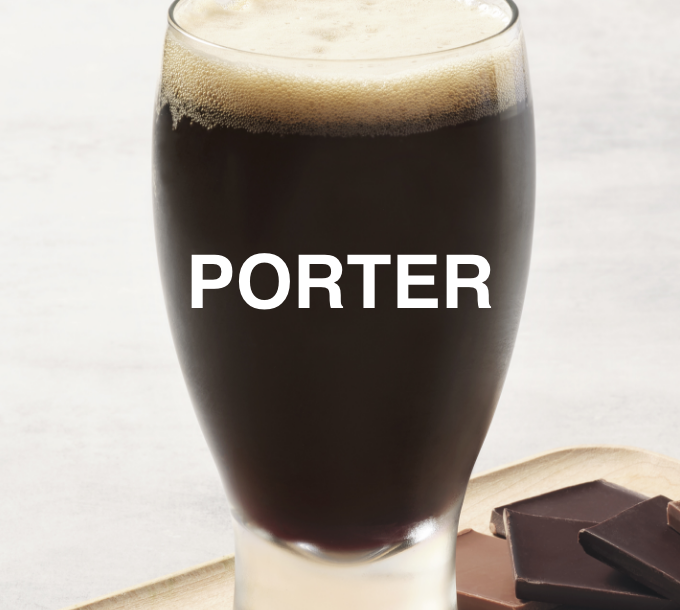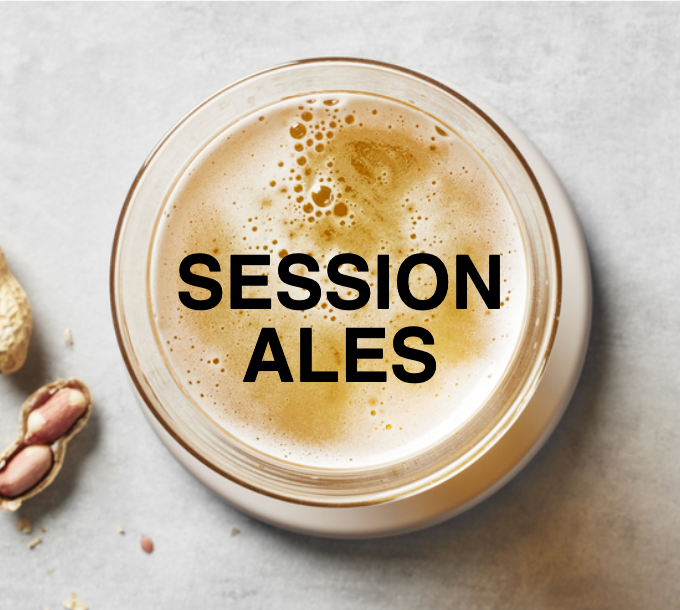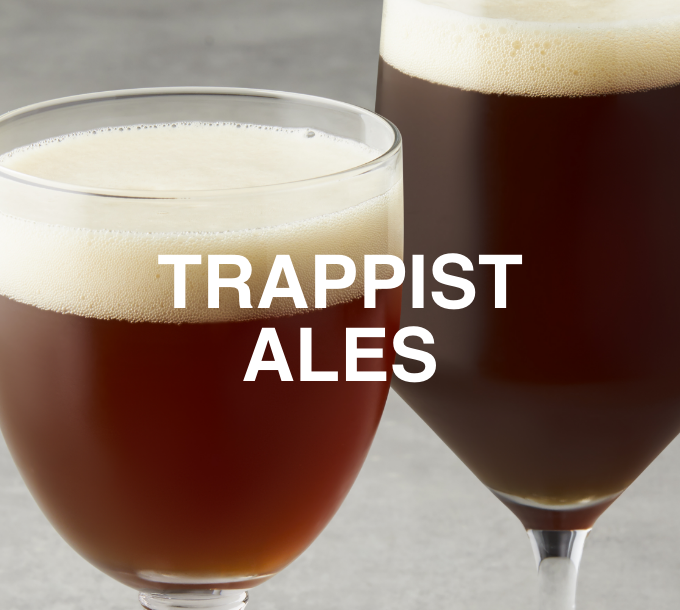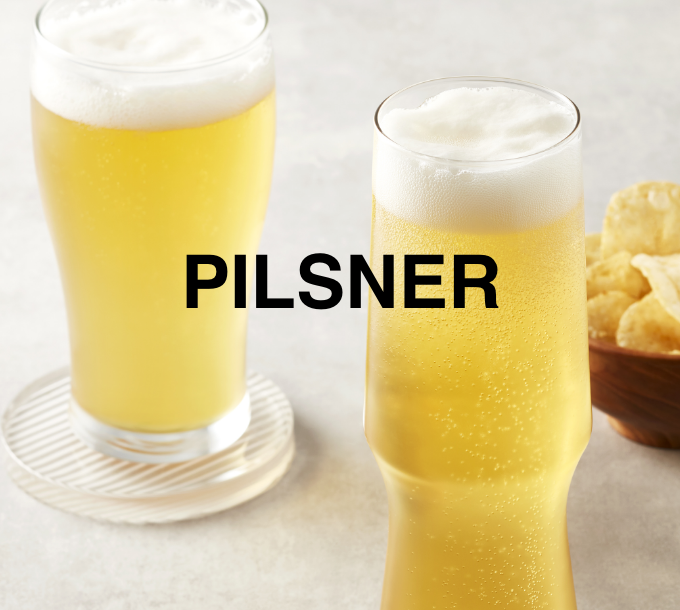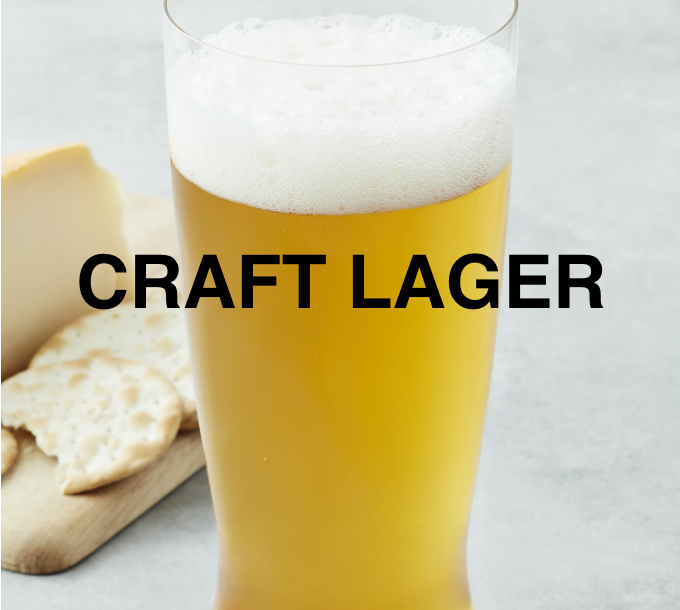Oak-Aged Beers

Oak aging isn’t just for wine. Brewers also use this wood-aging technique to give their beers smoothness and a unique flavour profile.
In the early days of beer-making, before stainless steel tanks were available, brewers aged their creations in oak barrels, casks and tanks. In a return to that tradition, some North American brewers now use oak barrels that once held spirits or wines to smooth out the ethanol notes in their beers, and impart layers of captivating flavours such as vanilla, berry, toffee and light smoke. In the last 20 years, barrel-aging, and the more budget-friendly method of maturing beer on toasted oak chips, have become popular for crafting stouts and porters, and brewers finish a variety of beer styles in different types of oak barrels originally used for wine, cognac, rum or tequila —introducing complementary flavours and a silky body to every finished brew.
YOU MAY TASTE
Beer aged in tequila or gin barrels delivers juniper, herbal or citrus notes. Wine barrel aging lends flavours of oak, berry or stone fruit, while aging in bourbon or rum barrels creates notes of coconut, smoke, vanilla, oak, clove, cinnamon, butterscotch, caramel and toffee.
SIP THEM WITH
Rich, dark barrel-aged beers pair well with blue cheese, walnuts, steak or dark chocolate desserts. Match golden brews with cheeses, creamy pasta or roast chicken.
SERVING TIPS
Pull higher-proof oak-aged beers out of the fridge 15 minutes before serving in snifters. Sip lower-alcohol beers in tulip glasses, five minutes out of the fridge.
Try These Picks
Explore other styles
Beer FAQs
Your Top Questions Answered

What is craft beer?
Craft beer is made by small-scale breweries, often independently owned, that practise traditional artisanal brewing techniques to create authentic and uniquely flavourful beers. These craft brewers may focus on either classic or lesser-known styles of traditional beer, or create innovative new modern brews.

How many calories are in a beer?
A standard 340-millilitre or 12-ounce beer that has five per cent alcohol by volume has about 150 calories. Styles of beer that contain more alcohol, such as IPAs, have more calories — up to 170. Light beers, which have less alcohol, have around 100 calories. While darker beers sometimes have a higher alcohol content and therefore more calories, that’s not always the case: consider Guinness Draught, a dark stout, which has just over four per cent alcohol by volume and 125 calories per 12 ounces.

How many beers are in a keg?
Most standard North American kegs hold 58.7 litres: in terms of standard 340-millilitre or 12-ounce bottles or cans, that’s 165 servings; if you’re counting by 16-ounce pints, its 124 servings. European beers often come in 50-litre kegs, yielding 140 340-millilitre glasses or 105 pints. Smaller 30-litre kegs (sometimes called “pony kegs”) give 82 standard beers or 62 pints. Mini-kegs (Heineken, for example) hold five litres: that’s about 10 pints or 14 glasses.

How is beer made?
All beer is made with four key ingredients: barley (or other grains), water, hops and yeast. First, barley is malted (meaning the grains are sprouted and then kiln-dried) to get ready for brewing. The malt is then mashed, or cooked with warm water, to create a sugary liquid called wort. The wort is boiled with flavouring hops, and then in the final step, it’s fermented with yeast, which creates the alcohol and finished beer.
There are many different styles and regional traditions of brewing, but to simplify, they basically fall into two categories: for ale, the beer is stored at room temperature while the yeast feeds on the sugar in the wort and produces CO2 and alcohol as by-products; for lager, fermentation is the same, but it happens at cooler temperatures so the process takes a little longer

How long does beer last?
Check for an expiry or best-before date on bottles and cans: “best” is best when consumed fresh. Bottles and cans stored at room temperature are safe to drink for at least four months after purchase and up to eight months when it’s stored in the refrigerator or a cool place. Draft or craft beer stored in a glass bottle keeps for two or three days in the refrigerator when tightly capped. And remember, keep beer away from light: it can develop a “skunky” flavour from a chemical reaction to UV light, which is why it’s usually packaged in cans or dark glass bottles.

What is beer made of?
Most beer is made from just barley, water, hops and yeast. That’s all! Each ingredient contributes to the beer’s flavour, as do the specifics of the production process. Some brewers may use other grains, such as corn, rye, rice, wheat or even oats, to produce different types of beer. Some styles even incorporate additional flavouring ingredients, including fruits and herbs.
